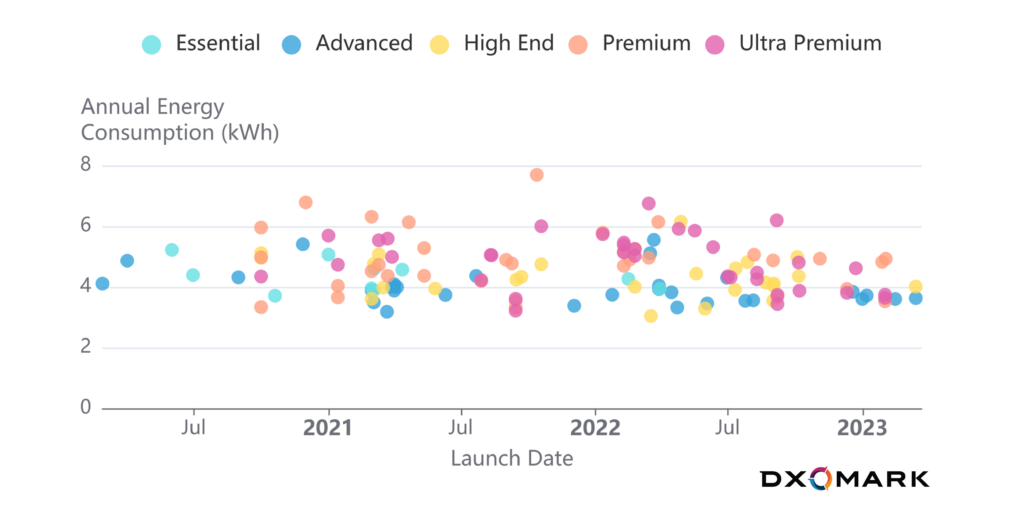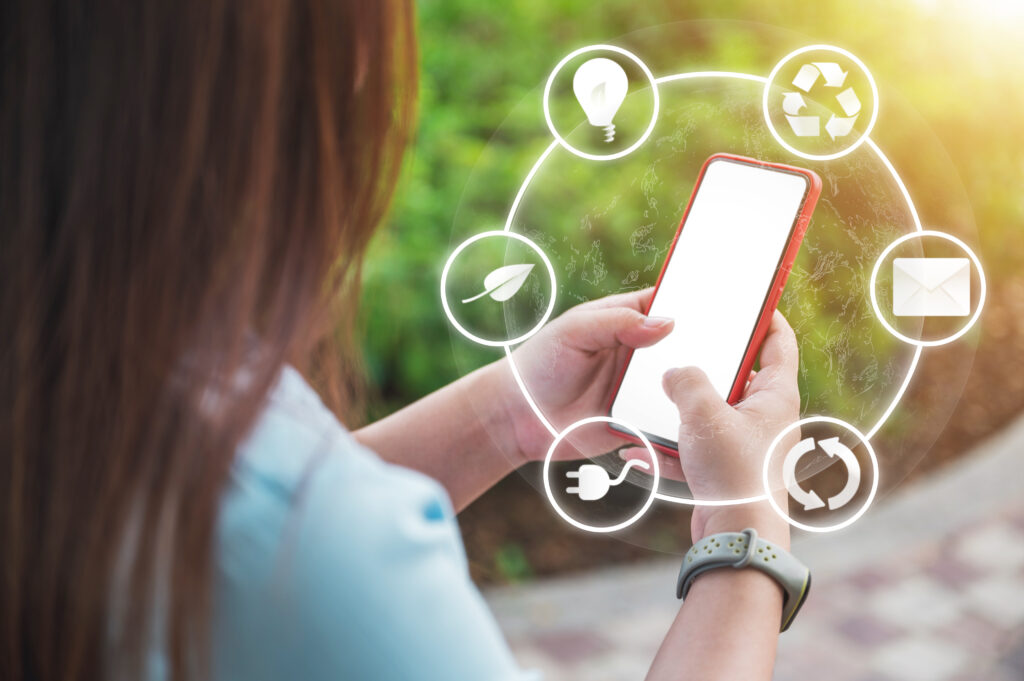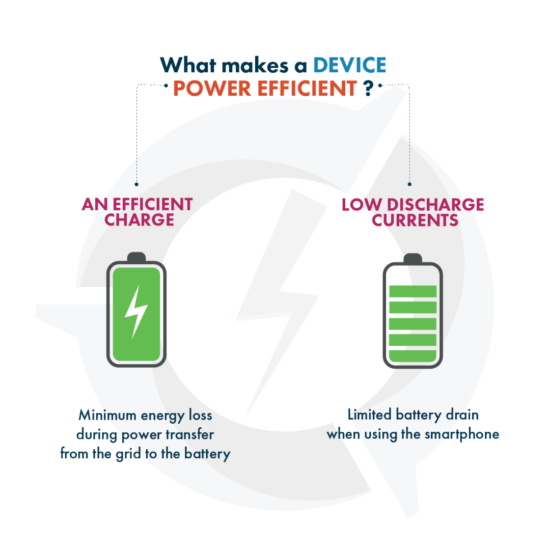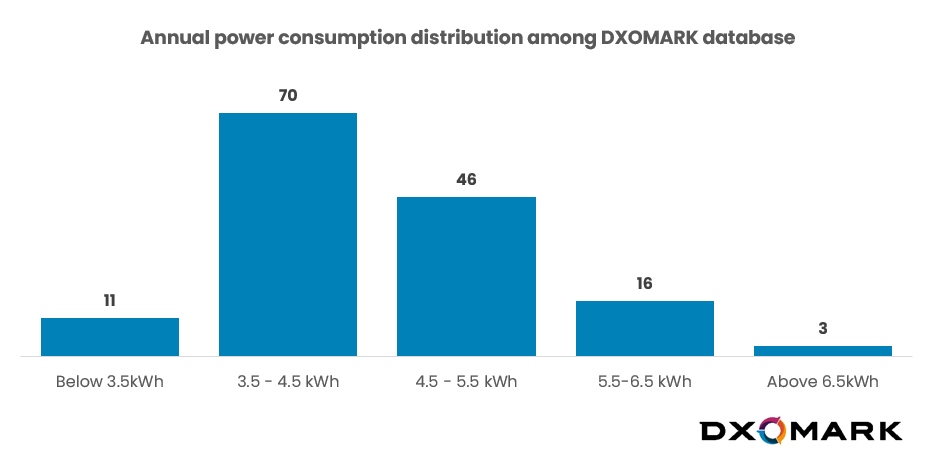Every year since 1970, on April 22, the world has been observing Earth Day. It is a time for the inhabitants of the planet to appreciate the nature around them, to reflect on how they are using natural resources and on how to protect the environment.
The observance of Earth Day had its origins in United States as an initiative to make Americans aware of the deteriorating environment caused by factories and power plants, raw sewage, toxic dumps, pesticides, and freeways. What started in one country has now turned into a global effort to wisely use the planet’s limited resources and to protect life on earth.
The European Union, in particular, has been at the forefront of discussing policies and introducing legislation on all different levels to reduce the harm of the carbon footprint on the environment, from transportation to factory production to consumer products (such as smartphones).
In fact, many initiatives from the European Commission, such as requiring common chargers or energy consumption information, for example, are being prepared to help consumers factor in the environmental impact of smartphones when they are trying to decide which smartphone to buy.
According to Statista, in 2023, the current number of smartphone users in the world today is approaching 7 billion, which is up considerably from 3.668 billion users in 2016.
Powering all those phones is no small task. DXOMARK’s annual power consumption indicator, which appears in every battery test result report, shows the number of kilowatt hours a smartphone consumes per year. This gives consumers an idea of how power hungry a device is in the span of a year, which could help in deciding which phone is best optimized and which phone could be better for the environment in the long run.

When it comes to protecting the Earth, every act, no matter how small, counts.
Read on to find out more about how we calculate the DXOMARK annual power consumption index.
Calculating the annual power consumption index
A power-efficient device relies on two factors: an efficient charge and low power drain.
An efficient charge is when very little energy is lost during the power transfer from the grid to the device’s battery. But discharge currents indicate how fast the battery drains when a smartphone is being used. The higher the discharge currents, the faster the battery power is running out.
What goes into the formula?
To calculate the annual power consumption index, the DXOMARK battery engineers use an intricate proprietary formula that takes into consideration 2 main aspects:
- The total amount of energy of a full charge, which combines the total energy from the grid to the battery as well as the residual power consumptions of the charger when it is still plugged into a socket, whether or not the smartphone is attached.
- The number of estimated charging cycles required in a year when the phone is used moderately
The formula also factors in some typical end-user behaviors when it comes to charging a device, such as:
- using the phone while it is charging, since people tend to charge their phones before the battery runs out or reaches 0%
- keeping the phone plugged in for 6 hours per cycle, regardless of the charging time
- leaving the charger (not the phone) plugged in all the time
The results
In calculating the annual power consumption index, we found a wide divergence among the 146 devices we have tested so far in the Battery protocol.
The average annual power consumption was 4.5 kilowatt hours per year, with the lowest coming in at 3 kWh per year, and the highest being more than double that at 7.7 kWh per year.
In 2021, DXOMARK started testing a wide range of smartphone batteries in various sizes and in various price segments. Our data shows that since we started our database, smartphone power consumption has been trending slightly downward in the past years, meaning newer devices are employing newer technologies, making them more power efficient. The following graph shows the annual power consumption of the smartphones by segment in the DXOMARK Battery database since testing started

For example, two years ago, the Samsung flagship Galaxy S21 Ultra (Exynos) measured 5.5 kWh of annual power consumption. A year later, the Galaxy S22 Ultra’s figure declined slightly to 5.4 kWh. This year, the Galaxy S23 Ultra’s annual power consumption registered at 3.7 kWh, a significant improvement in optimization, especially for an Ultra-Premium device that is packed with the latest technologies and often energy-demanding features.
Steps toward sustainability
Power consumption is so much more than just about battery size.
The European Commission has introduced an initiative that would require smartphone makers to carry a label indicating the energy efficiency of their devices — in the same way that many home appliances are rated. The idea is to make it easier for consumers to save money on their household energy bills, while reducing greenhouse gas emissions across the EU.
DXOMARK welcomes these kinds of initiatives because it has long believed that the size of the battery, or its power capacity, is not the only factor that consumers should consider when buying a smartphone.
Smartphones are unlikely to consume as much power as washing machines during the year, but when taking into consideration that there are about 7 billion smartphones on the planet making daily demands on the world’s power grids to keep running, it can add up to a significant toll on the planet’s natural resources.
According to DXOMARK’s calculations, if all manufacturers made an effort to optimize the power consumption on smartphones and collectively save 10 terawatt hours, that could reduce the carbon footprint by an equivalent of 1 million tonnes, which is equivalent to 1 million people taking a return flight from Paris to New York!
In addition to the annual power consumption indicator, DXOMARK’s extensive Battery protocol measures in detail all the different aspects of a device’s power consumption, providing the kind of relative information that can help consumers choose a device that best meets their needs and one that is also ecologically good for the environment.
These small steps can help lead the way to better smartphones and better choices for consumers—and help to save the planet.
Happy Earth Day!






DXOMARK encourages its readers to share comments on the articles. To read or post comments, Disqus cookies are required. Change your Cookies Preferences and read more about our Comment Policy.